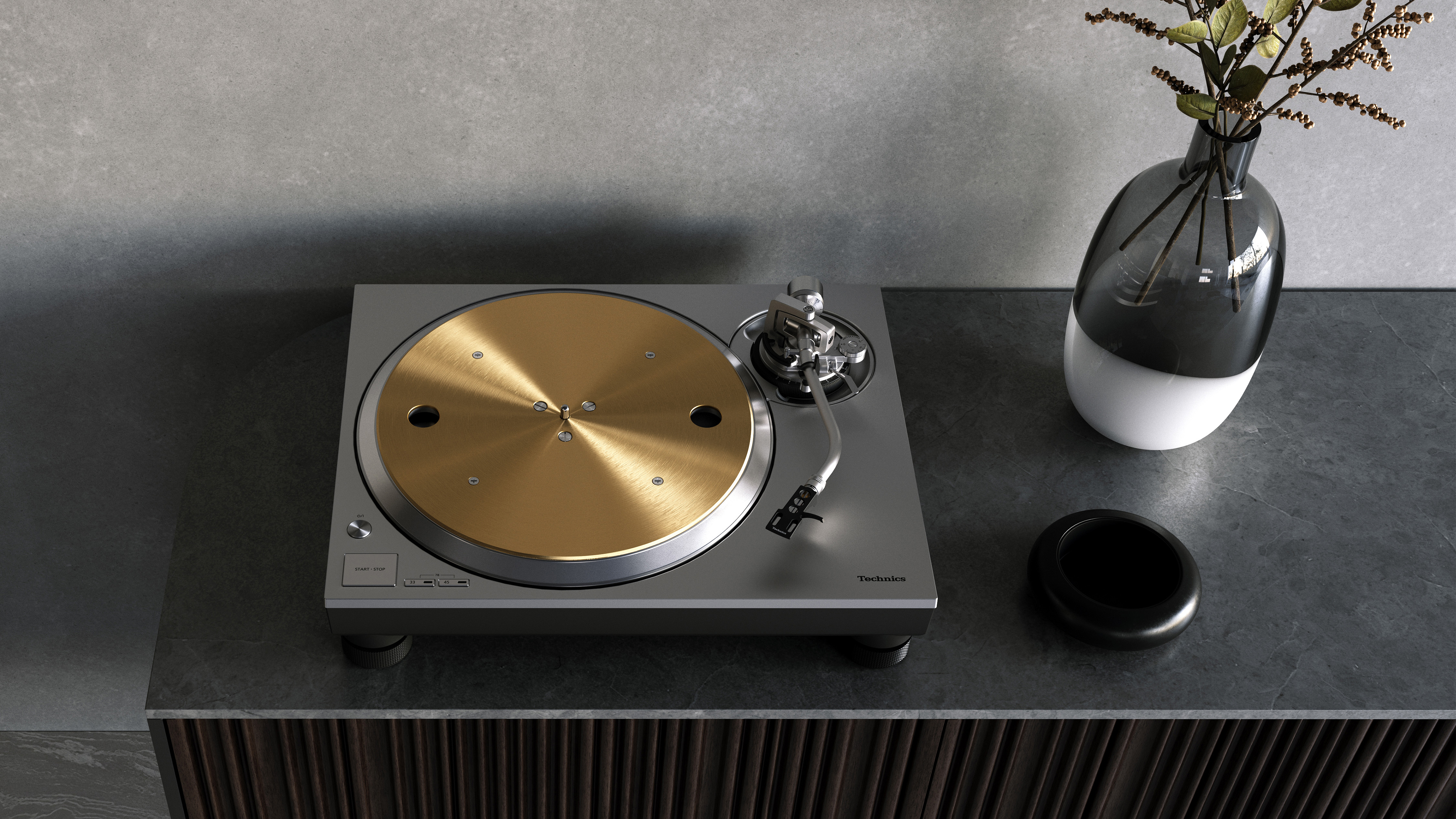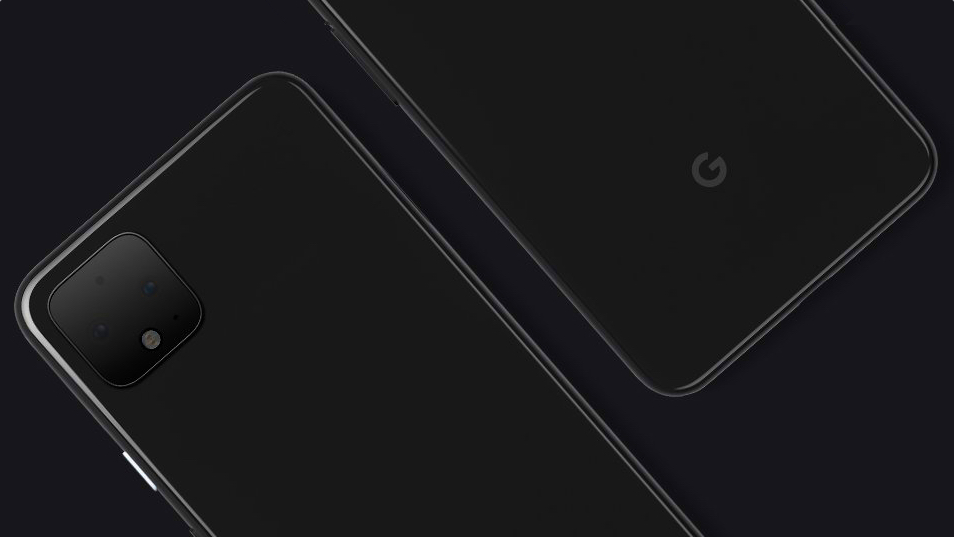

Google shared a very early glimpse at the rear of its hotly-anticipated Pixel 4 smartphone earlier this year, confirming the controversial rear-camera design that had leaked a few weeks earlier. Aside from a quick glimpse of the handset hidden in gloom published by Google, that's all we've seen of the Pixel 4. Until now.
Photos of what appears to be either the Pixel 4 or the Pixel 4 XL have been shared using encrypted messaging tool Telegram, before being spotted by the eagle-eyed team at XDA Developers. The handset in the images lines up perfectly with the latest rumours – not to mention the parts of the design already confirmed by Google.
First things first, it appears Google is ditching the trademark two-tone design that has characterised every Pixel-branded handset that it has ever launched. Instead of the soft-touch, acid-etched glass panel found on its predecessor, the Pixel 4 will opt for a single colour with a much glossier glass finish.
The smartphone in these photographs is black with a white power button on the side of the chassis – Google has often used a contrasting colour for the power button on previous smartphones in the Pixel range. However, there are likely to be more colourways announced at the Made By Google hardware event in October.
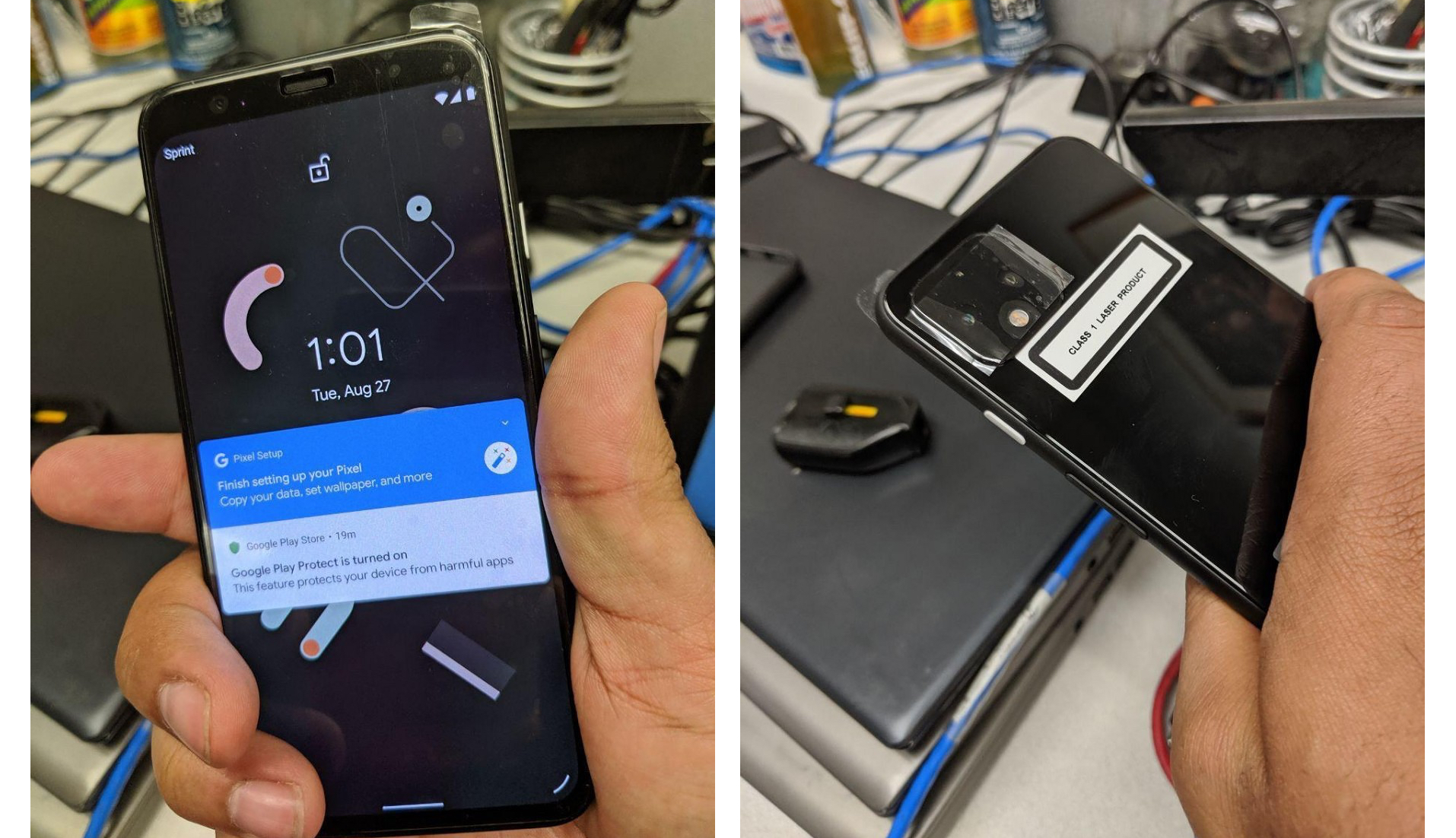
Since Google is sticking with glass on the back of the Pixel, we can assume it will keep its wireless charging capabilities. It's also possible the handset will follow in the footsteps of the likes of the Huawei Mate 20 Pro, Huawei P30, Huawei P30 Pro, Samsung Galaxy S10, Samsung Galaxy S10 Plus, Galaxy Note 10, and Galaxy Note 10 Pro by bringing the ability to wirelessly charge other devices using the battery inside the smartphone, including Bluetooth earbuds, or a friend's rapidly-depleting phone.
On the front of the smartphone, it's possible to discern the new screen design. As previously hinted, gone is the chunky and much-maligned bezel seen on the Google Pixel 3 XL, replaced instead with the new facial recognition system designed to unlock the handset and authenticate payments via Google Pay.
From the leaked photos, the bezel running along the top of the display doesn't look anywhere near as egregious as some of the rumours had suggested. However, it's along way from the sort of screen-to-body ratio you'll find on the likes of the OnePlus 7 Pro, Galaxy Note 10, Oppo Reno, or others.
Sign up to the T3 newsletter for smarter living straight to your inbox
Get all the latest news, reviews, deals and buying guides on gorgeous tech, home and active products from the T3 experts
Based on what can be seen in these leaked images, the corners of the OLED display appear to be rounded – just like previous Pixel smartphones. The display itself looks set to remain flat, like its predecessors. This is a different approach to the one taken by Huawei and Samsung, which tend to curve the display around the corner of the handset in order to increase the screen-to-body ratio.
Unfortunately, this photo alone cannot tell us anything about the display quality or resolution, or whether it will have a high refresh rate.
At the bottom of the display is the new pill-shaped navigation bar used in Android 10 as well as the Assistant hint handle, which confirms the smartphone is being tested on the latest version of the Android mobile operating system.
Earlier rumours pointed to the Google Pixel 4 series packing 6GB of RAM, up from 4GB in the previous entry in the Google-built smartphone range. While that's likely to be a noticeable boost for anyone who upgrades, it's still a far cry from the 12GB of RAM that can be configured inside the OnePlus 7 Pro, for example.
Just like the latest flagship smartphone from OnePlus, the Pixel 4 and Pixel 4 XL will be powered by the top-of-the-line Qualcomm Snapdragon 855 system-on-a-chip and will ship with the latest version of Android OS out of the box, the report continues.
Sources speaking to BGR claim the Google Pixel 4 series will have higher resolution displays – 2280 x 1080 on the Pixel 4, and 3040 x 1440 on the Pixel 4 XL. That's a sizeable increase on the 1080 x 2160 resolution on the Pixel 3, and 1440 x 2960 on the Pixel 3 XL.
The Google Pixel 4 is expected to launch in early October, so we're likely to hear more about the flagship in the coming weeks. Stay tuned.
As a former Staff Writer for T3, Aaron writes about almost anything shiny and techie. When he’s not barking orders at Alexa-powered microwaves or gawping at 5G speed tests, Aaron covers everything from smartphones, tablets and laptops, to speakers, TVs and smart home gadgets. Prior to joining T3, Aaron worked at the Daily Express and and MailOnline.
-
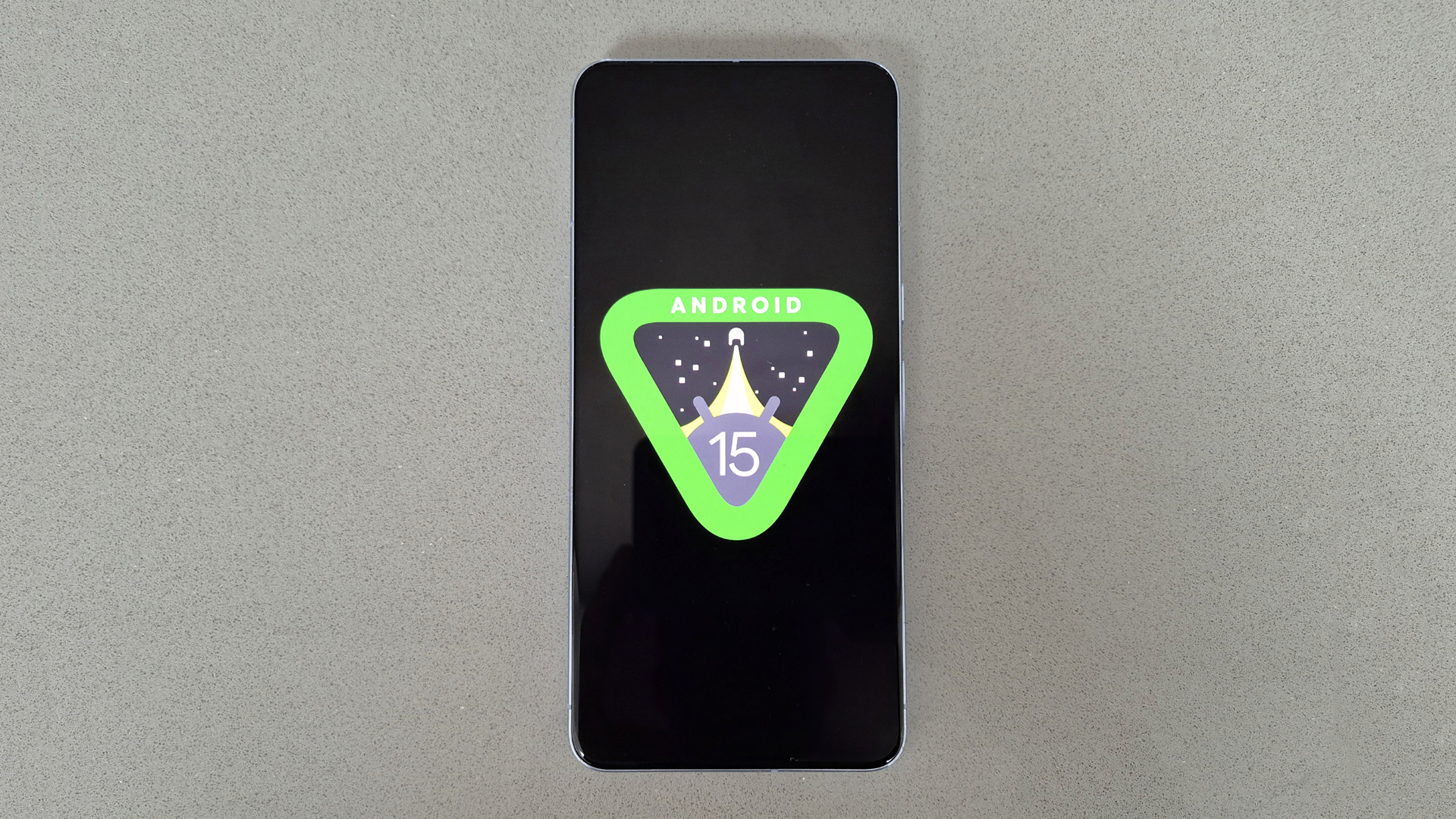 Google delivers bad news for budget Android phones
Google delivers bad news for budget Android phonesCheaper Android phones might need to change to meet new Google rules
By Chris Hall
-
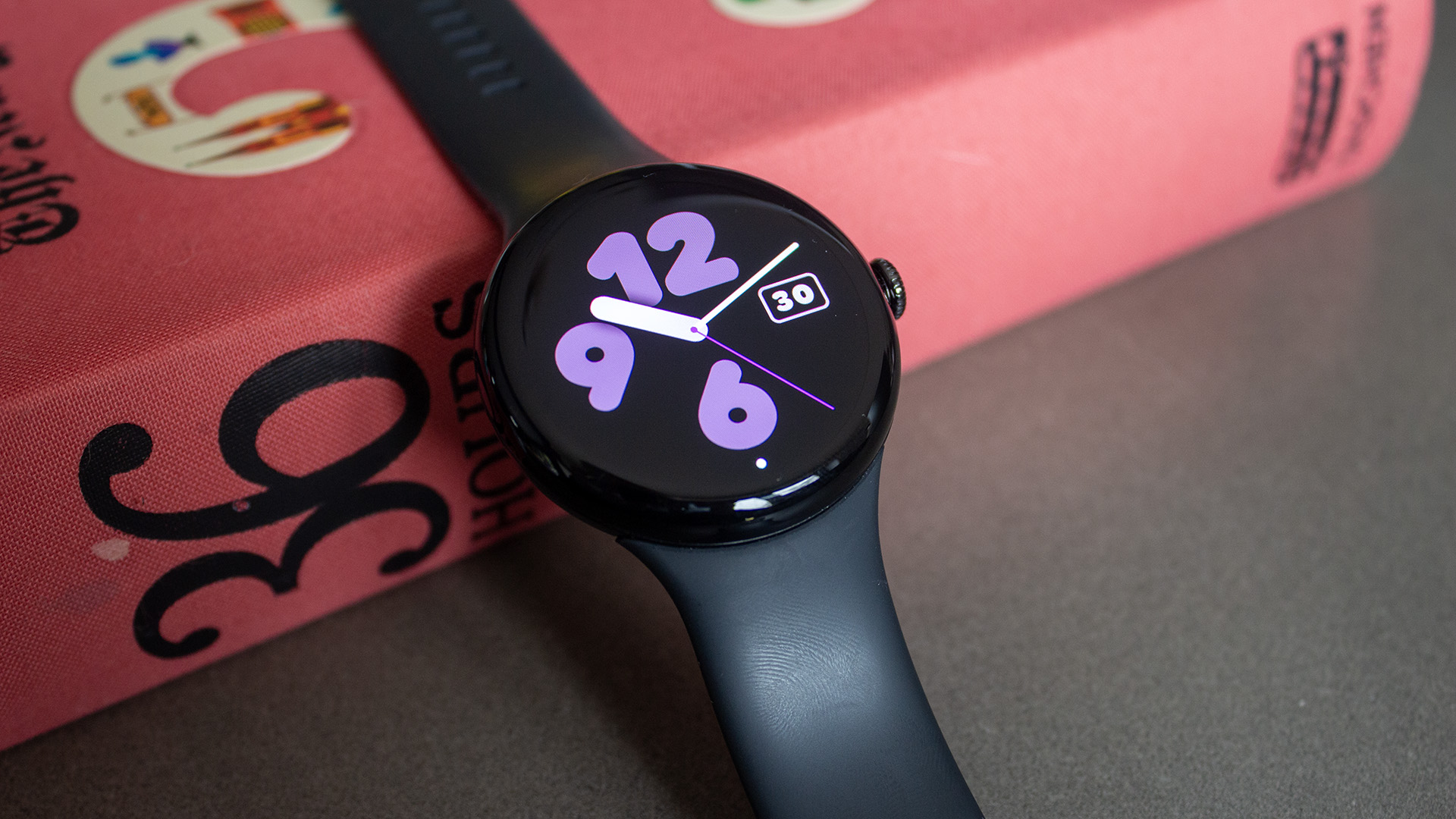 Google Pixel Watch 4 renders show a welcome design change
Google Pixel Watch 4 renders show a welcome design changeAnd one we're less thrilled about
By Britta O'Boyle
-
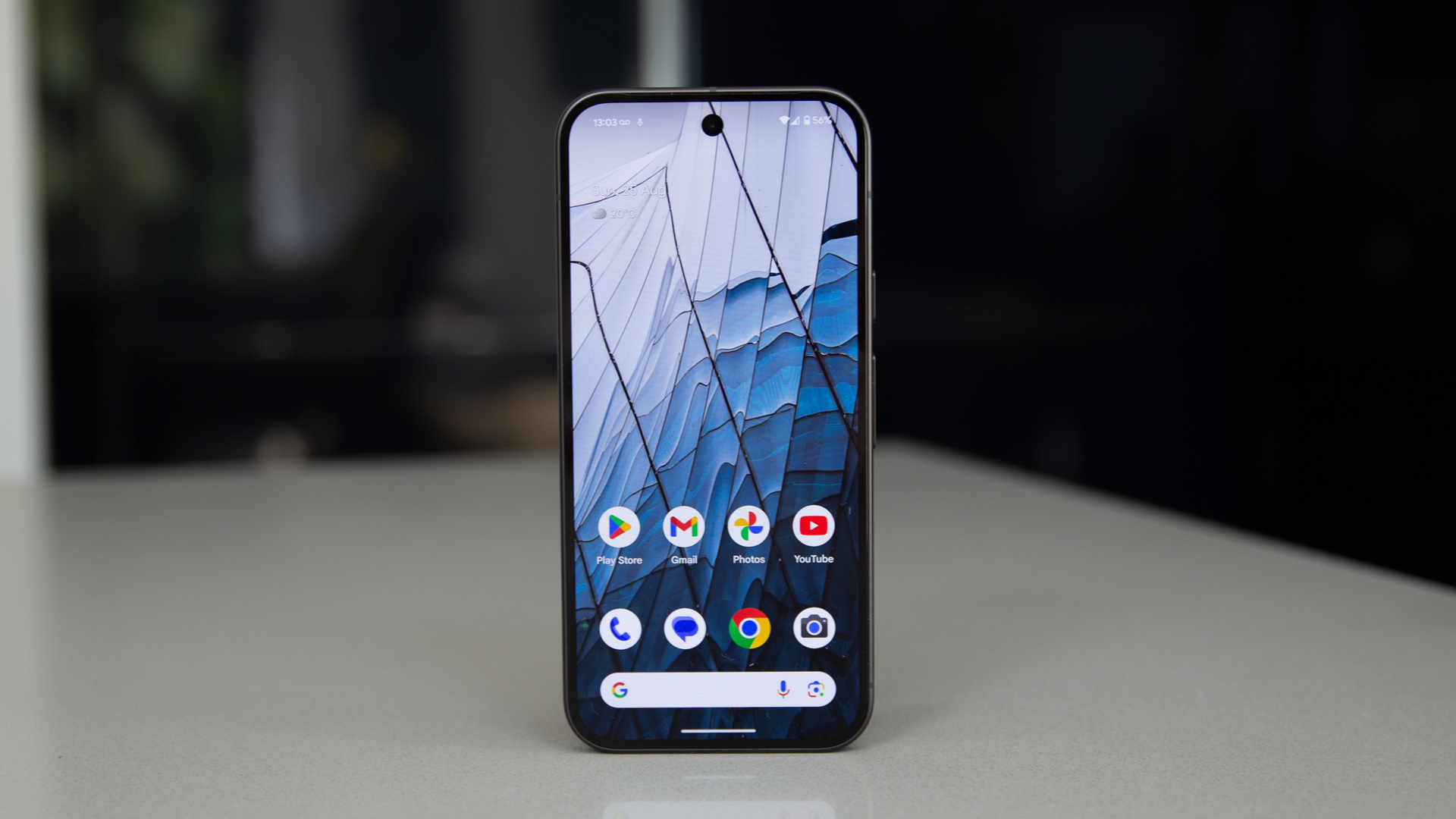 New Google Messages feature will make millions very happy
New Google Messages feature will make millions very happyIt's going to end a serious messaging blight
By Sam Cross
-
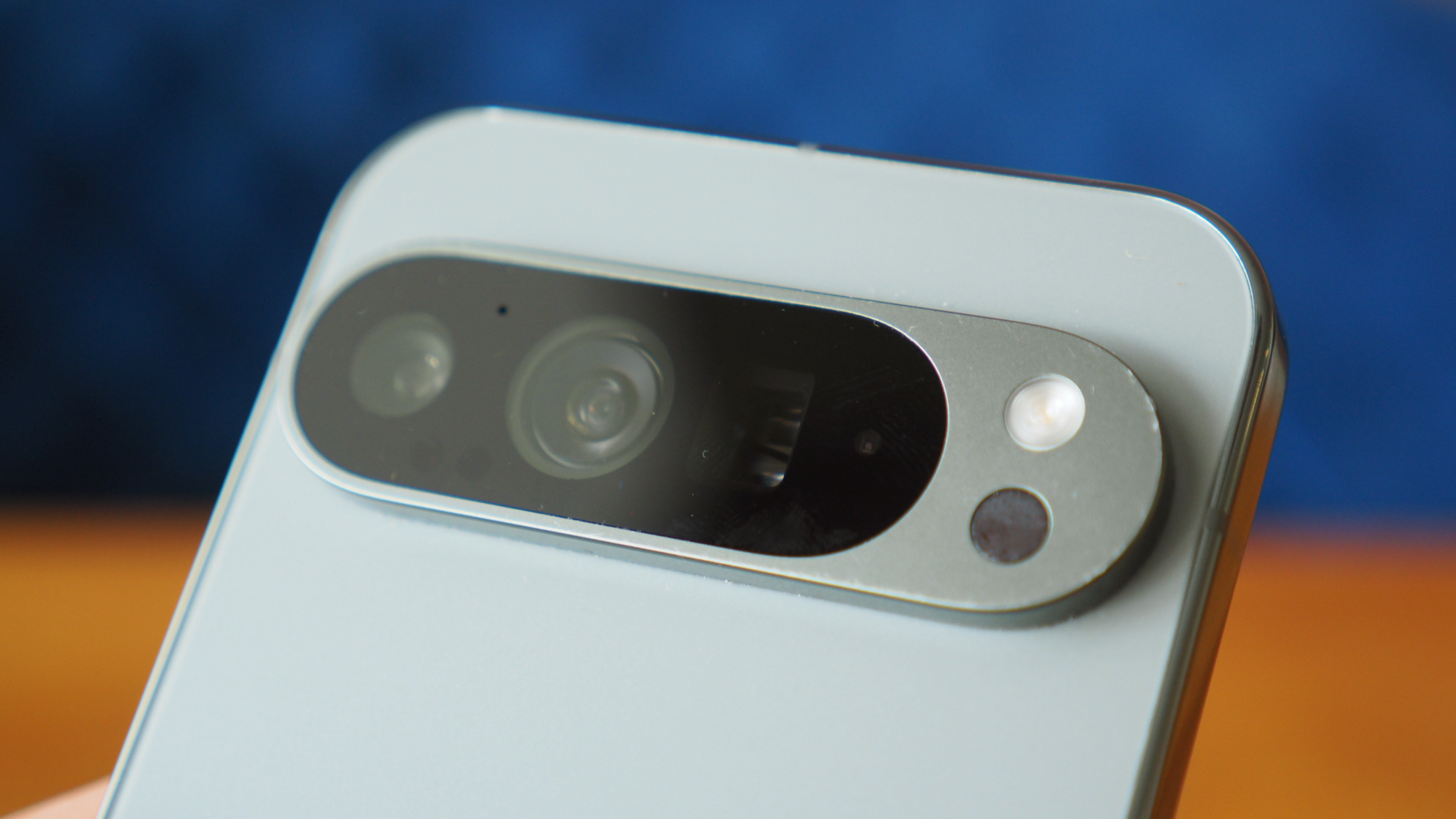 In an age of exciting upgrades, Google could downgrade the Pixel 10 instead
In an age of exciting upgrades, Google could downgrade the Pixel 10 insteadThere’s a change coming to the Pixel cameras and it could cause a stir
By Chris Hall
-
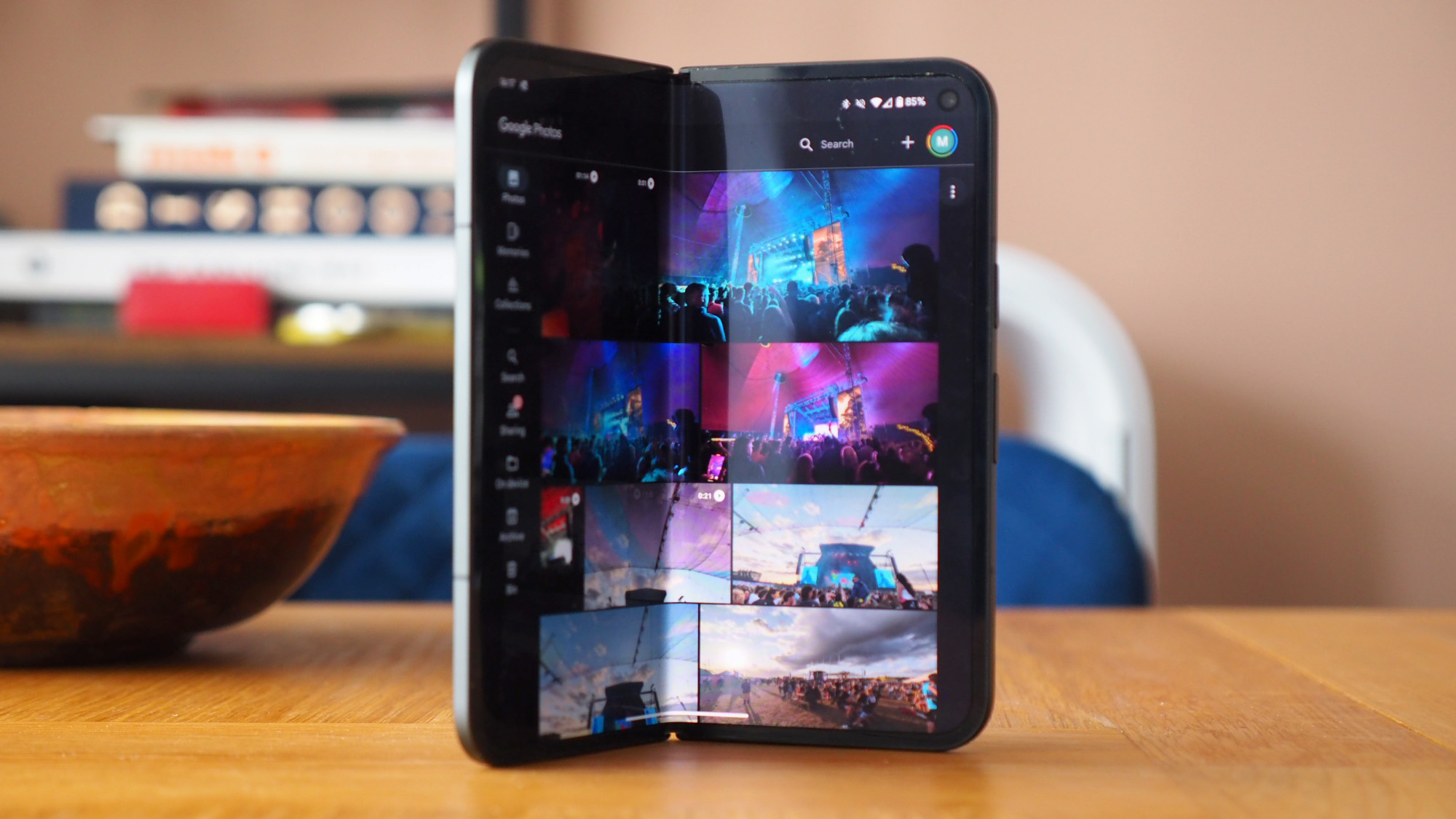 Google Pixel 10 Pro Fold renders show an early contender for foldable of the year
Google Pixel 10 Pro Fold renders show an early contender for foldable of the yearEven though it might not be the slimmest, it could be the sexiest
By Britta O'Boyle
-
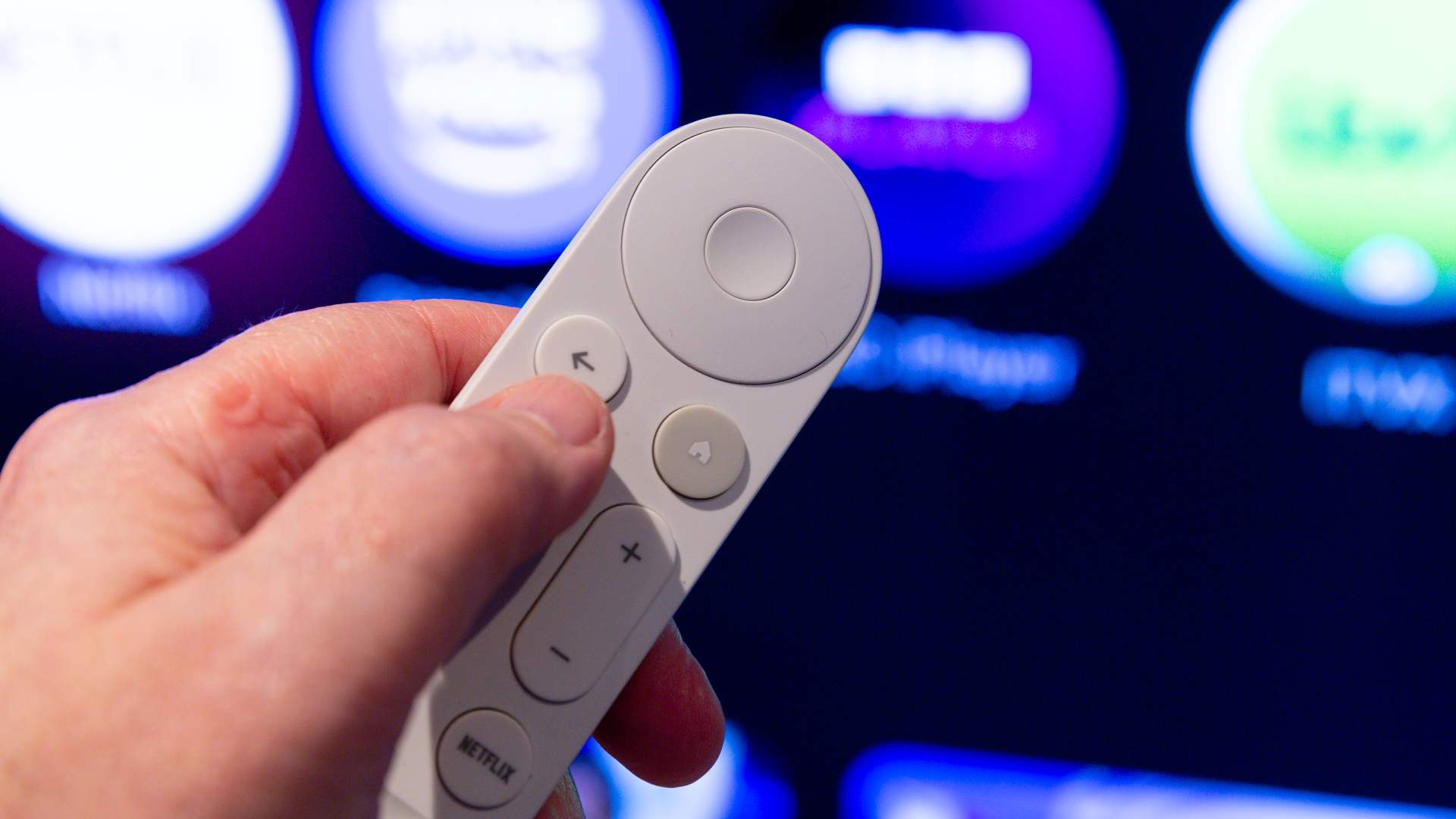 Google TV set for a shake up that might have you feeling blue
Google TV set for a shake up that might have you feeling blueA redesign is reportedly coming to Google TV, with a new colour scheme and features
By Rik Henderson
-
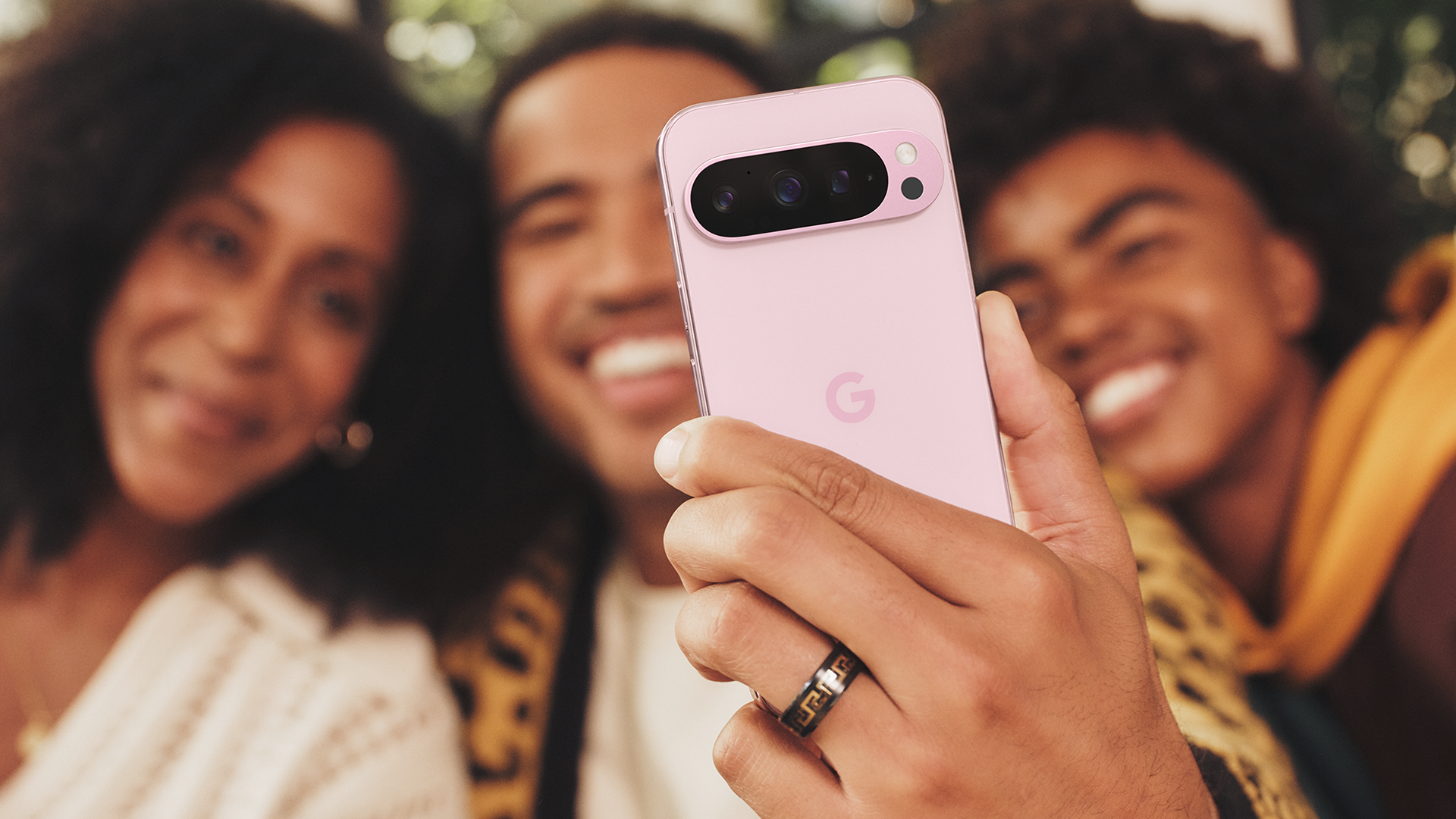 Android 16 to come with a significant security upgrade for Pixel phones
Android 16 to come with a significant security upgrade for Pixel phonesIt’s going to be easier to unlock your Pixel phone in the future
By Chris Hall
-
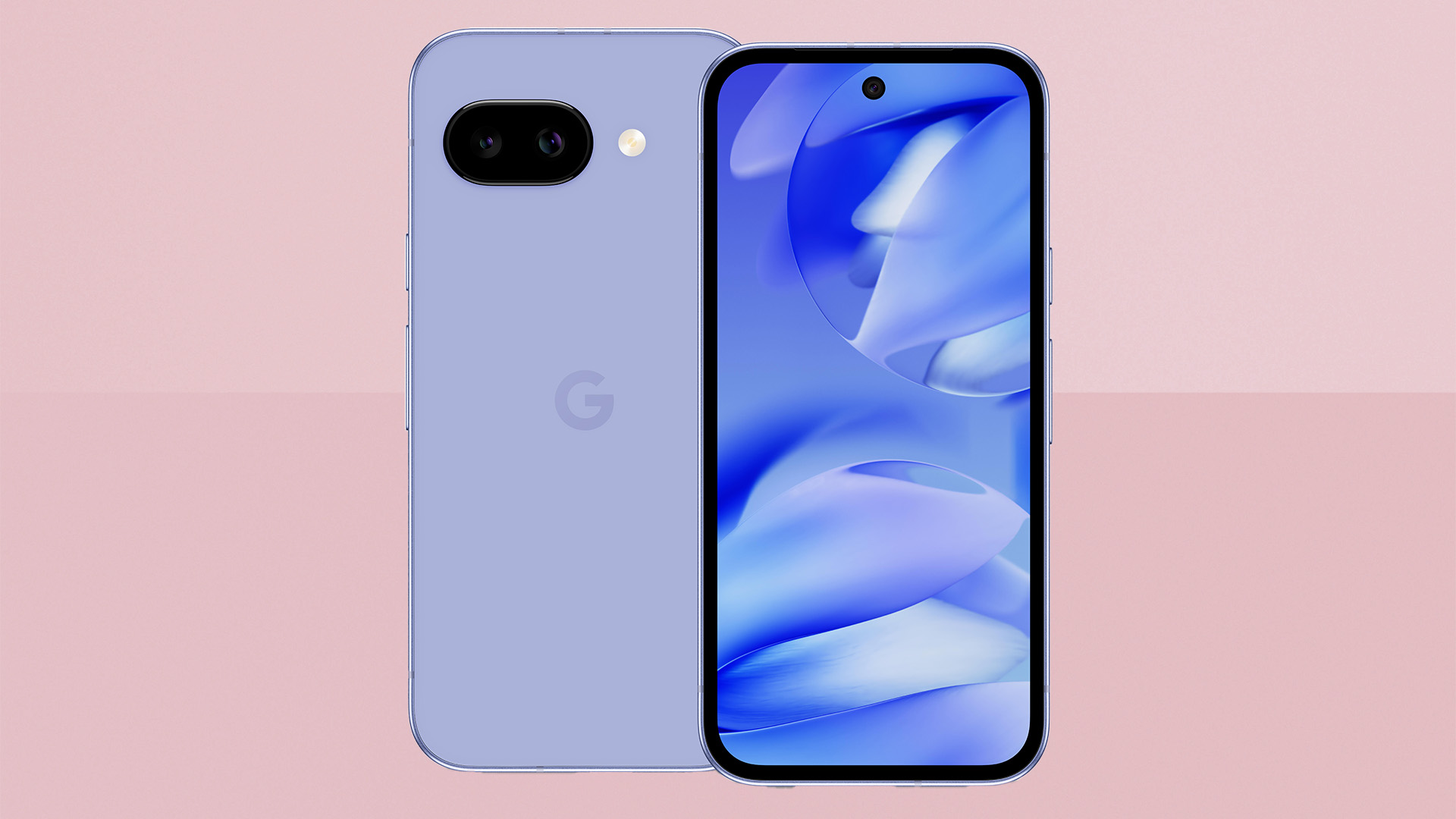 Google Pixel 9a delayed, but for good reason
Google Pixel 9a delayed, but for good reasonGoogle’s latest affordable phone has been announced, but you can’t actually buy it yet
By Chris Hall
